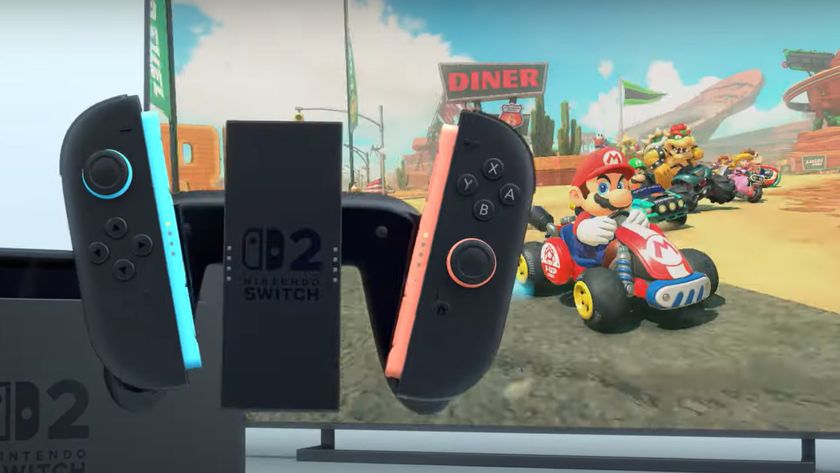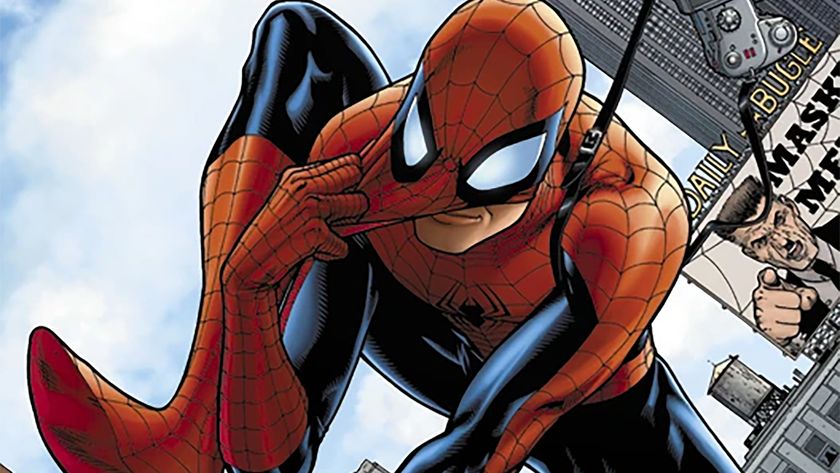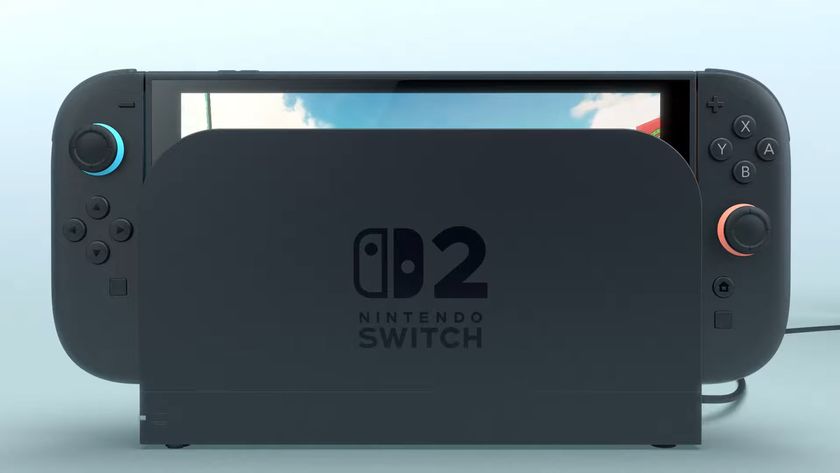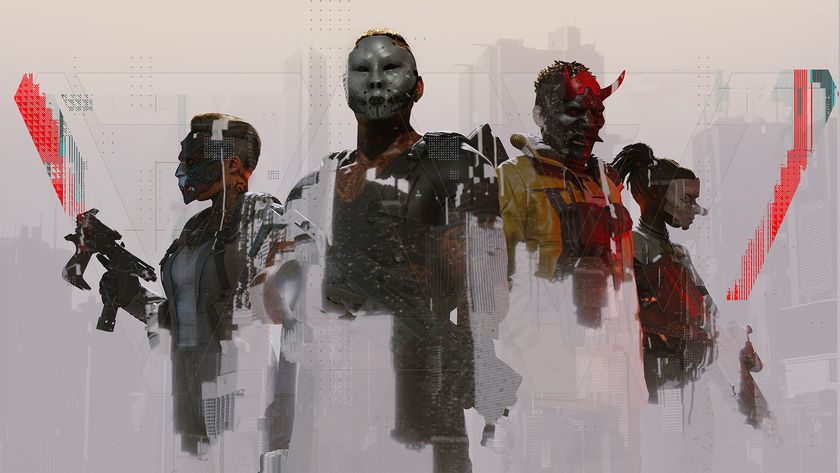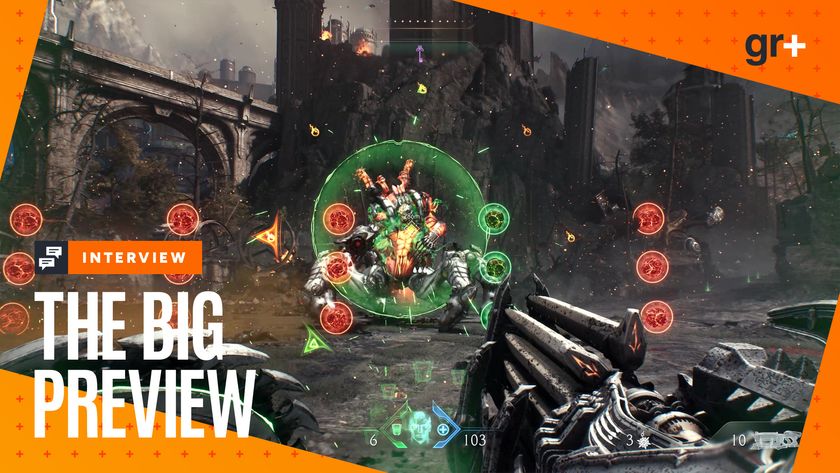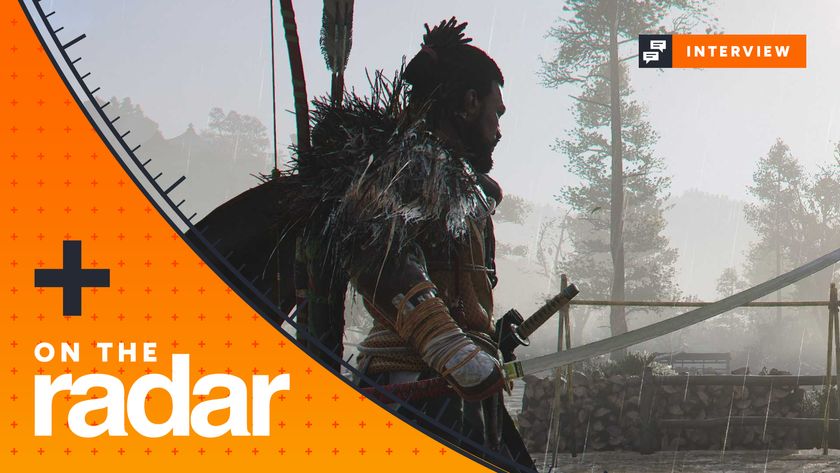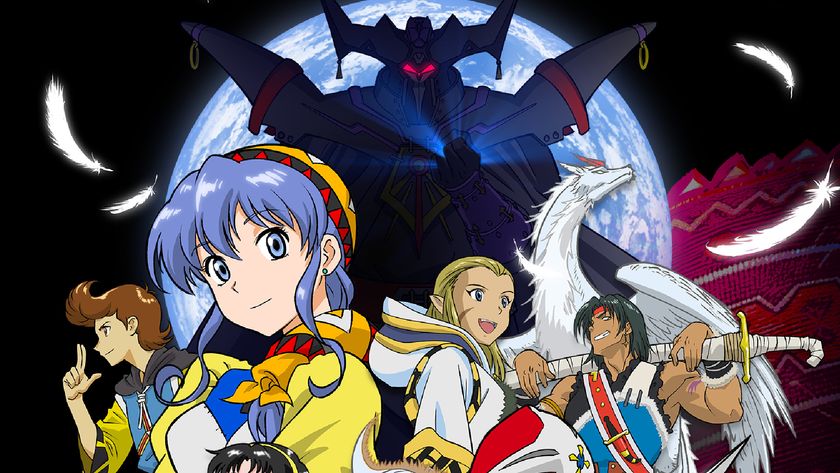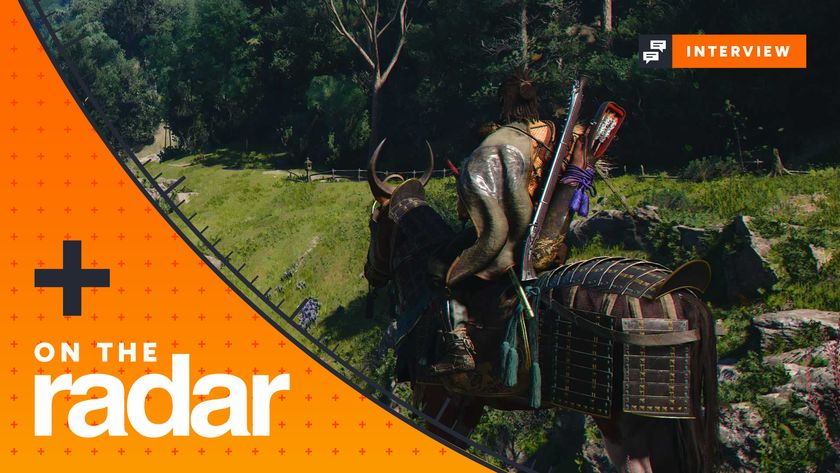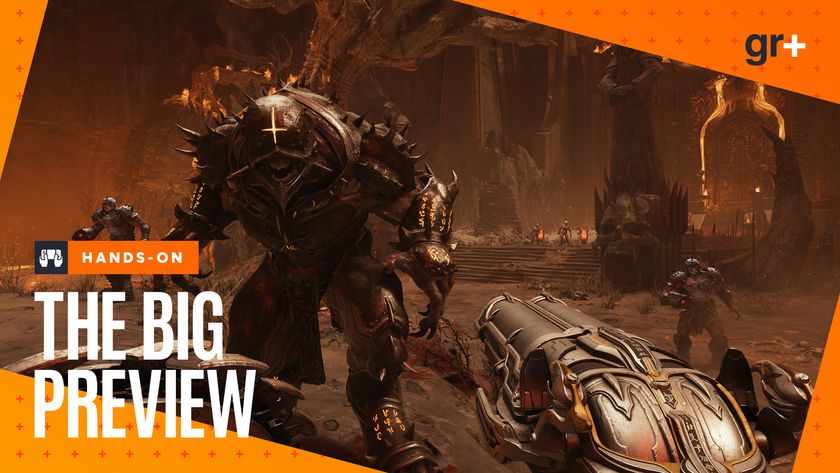Eggman or Robotnik: The 7 weirdest name changes explained
What's in a name?
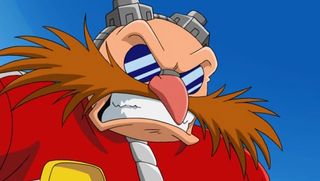
Gamers love sequels. They can't wait to dive back into their favorite fictional worlds and see those familiar faces again. And consistency is the key to earning that kind of devoted fanbase, otherwise you'll just confuse returning players if you keep switching things around between games. Despite that obvious fact, there are a number of major franchises that have risked befuddling players by unexpectedly changing a character's name, sometimes with little explanation at all.
Many of these altered names come from localizing Japanese titles into English, others happen for plot purposes, and some are due to technical limitations. Not all of them lead to fan outrage, but returning players certainly have to take a moment (or several) to adapt to these alterations--though in some cases, a vocal minority of fans still don't accept the current names of these fictional people. That's definitely the situation for when...
Super Mario's Princess Toadstool became Princess Peach

If you played any of the original Super Mario Bros. games, or watched the many Mario cartoons that aired on TV back in the day, you'll be very familiar with Princess Toadstool. As the leader of all the Toads and Toadettes of the Mushroom Kingdom, Toadstool is a logical naming choice that was used for almost an entire decade in the western world. Then, in Super Mario 64, she inexplicably began identifying herself as Princess Peach, and that's been her name ever since.
Why the change? It brought Peach in line with her Japanese name, which directly translates to Princess Peach. For a brief period she was referred to as Princess Peach Toadstool in western releases, but that seems to have just been done to help players adjust to her fresh nomenclature. She's been Peach so long that younger Mario fans may not even know her as a Toadstool, though I still like to imagine that's the name on her Mushroom Kingdom driver's licence.
Persona 4's player-named hero became Yu
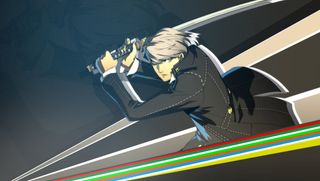
Persona 4's lead isn't nameless in a technical sense; his name is whatever you want it to be. Like many JRPGs (and Shin Megami Tensei titles in particular), the naming of the protagonist in Persona 4 is left up to the player, perhaps with the assumption that the gamer will use their own name for the lead. Cut to the release of both Persona 4's anime adaptation and the fighting game spinoff Persona 4: Arena, and we're left with Yu Narukami in the central role. No longer was the lead you; he was now Yu.
Why the change? It appears to be a practical choice. Having in-game, spoken dialogue never refer to the protagonist by name is one thing in an RPG, but how can that be done in an anime or fighter? "The winner of round one is y'know that guy!" It doesn't really work. At least the Yu alteration works as a pun for English-speaking players, while the Narukami surname references a mythical Japanese god of electricity, which fits with the demons Yu is most commonly seen summoning.
Sonic's Dr. Robotnik became Eggman
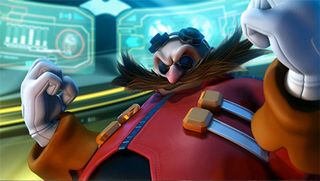
To a generation of gamers that owned Sega's Genesis/Mega Drive, Sonic's nemesis only goes by one name: Dr. Ivo Robotnik. The chunky, mustachioed scientist is a master at building robots (as well as Mean Bean Machines), and has been trying to murder Sonic since 1991. However, when the blue blur made its big comeback on the Dreamcast with Sonic Adventure, all of a sudden Robotnik started being referred to as Eggman by every single character, and that name has stuck for more than 15 years.
Sign up to the 12DOVE Newsletter
Weekly digests, tales from the communities you love, and more
Why the change? In Japan, Robotnik has always been known as Dr. Eggman, perhaps as a punny reference to the classic The Beatles pop song "I Am The Walrus." When the original Genesis entry was packaged for overseas fans, Sega of America went with Robotnik instead, which then split his global naming convention right up until Sonic Adventure. Aside from a few winking acknowledgements of his Robotnik legacy, he's been Eggman ever since, a fact that many children of the '90s still have trouble accepting.
Punch-Out's Vodka Drunkinski became Soda Popinski
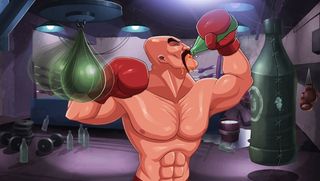
The mid-1980s were a period of transition for Nintendo, during which the game-maker went from creating arcade games to developing titles exclusively for consumer hardware. The original Super Punch-Out!! is one of Nintendo's late arcade releases, a fighting game that has players face boxers from all over the world. The mix of nationalities included the Russian pugilist Vodka Drunkenski, a less-than-sensitive depiction of a Soviet tough guy what enjoys his liquor. The heavy drinking opponent returned in Mike Tyson's Punch-Out!! for NES, but with the more family-friendly Soda Popinski moniker.
Why the change? The Punch-Out!! series has always been a little guilty of stereotyping regional differences, but a drunken Russian is a bit too far for some people. Giving the fighter an addiction to sugary soda is a tad more friendly, and it also worked better within Nintendo's rather strict guidelines of the time involving any type of adult content in an NES game, alcohol included. Personally, I'm glad Popinski got sober, but all that high fructose corn syrup can't be good for his stamina.
Final Fantasy VII's Aeris became Aerith
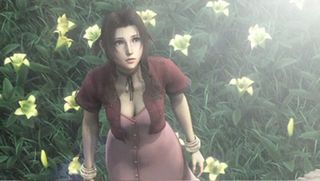
She's one of the most beloved characters in RPG history, though I hope nobody got her name tattooed before Square Enix changed it. Known as Aeris in the western releases of Final Fantasy VII and Final Fantasy Tactics, the beatific martyr's name was once a point of contention for fans hoping she could be secretly resurrected in-game--Aeris being an anagram for arise was the thinking at the time. Those hopes were dashed when all later appearances of the character refer to her as Aerith (not that that stopped her from coming back from the dead in multiple games anyway).
Why the change? Aerith is a slightly more correct romanization of her Japanese name, the katakana being or Earisu. Some reports even conjecture that the developers themselves prefer Aerith, because it contains the letters for the word "Earth," an allusion to her connection to the planet's spirit. This change in name is more of a fix than a major alteration, and should FF7 ever be remade, she'll likely be called Aerith there as well. (P.S. - Sorry if this accidentally gets your hopes up for an FF7 remake.)
Jak's Erol became Errol
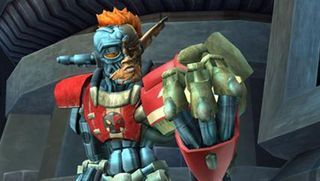
Jak II is a bit of a departure from the original Jak & Daxter, introducing a darker, more violent world that antagonist Erol embodies. In his first appearance Erol is the right hand man of the big bad in Jak II, and Erol is clearly designed as Jak's nemesis, looking like a more sinister version of the franchise hero. Erol falls to certain death at the end of that second entry, only to return in Jak 3 as Cyber Errol. And no, that isn't a typo.
Why the change? Thanks to his cybernetic enhancements, Errol ascended from sidekick to the main villain in Jak 3, so clearly the extra "r" in his title did something for his career. Still, the new naming kind of goes in and out even within Jak 3, sometimes reverting to its original Erol with little explanation. Many fans joked that the extra "r" stood for robot, which is as good an explanation as any.
Dragon Quest's Erdrick became Loto (then Erdrick once more)
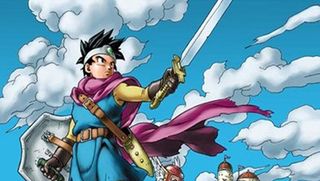
The Dragon Quest series has gone through dozens of name changes, including the franchise title. Always known as Dragon Quest in its native Japan, due to legal issues it was introduced to American players as Dragon Warrior, though it eventually reverted to Quest. In the NES original Dragon Warrior games, the hero of legend went by Erdrick, a name that popped up dozens of times throughout the RPGs. But when Dragon Warrior 1, 2, and 3 were remade for the Game Boy Color, his name suddenly became Loto.
Why the change? As with other entries on the list, the mythical hero's new name, Loto, was the same as it always has been in Japan, though the text sometimes gets translated to Roto. That switch to Erdrick likely had to do with Nintendo of America's translation of the initial Warrior games favoring a faux-Shakespearean style of dialogue, making Erdrick a more fitting title than Loto/Roto. Even stranger is that, after establishing Loto with the western audience in the GBC releases, Square Enix has more recently returned to calling him Erdrick. Perhaps in another 10 years the fabled warrior will be Roto once again.
The name game
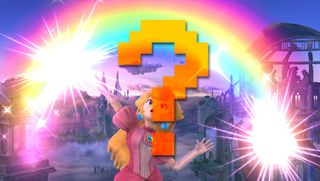
I don't blame you for suffering some type of identity crisis after reading about the most glaring name changes in gaming history, but hopefully you feel secure enough in your online pseudonym to comment on this article. Until next time, I'm Henry um what was it again?
And if you're looking for more, check out why Japanese box art is better and top 7 sequels that changed everything.
Henry Gilbert is a former 12DOVE Editor, having spent seven years at the site helping to navigate our readers through the PS3 and Xbox 360 generation. Henry is now following another passion of his besides video games, working as the producer and podcast cohost of the popular Talking Simpsons and What a Cartoon podcasts.

Helldivers 2 CEO says industry layoffs have seen "very little accountability" from executives who "let go of one third of the company because you made stupid decisions"
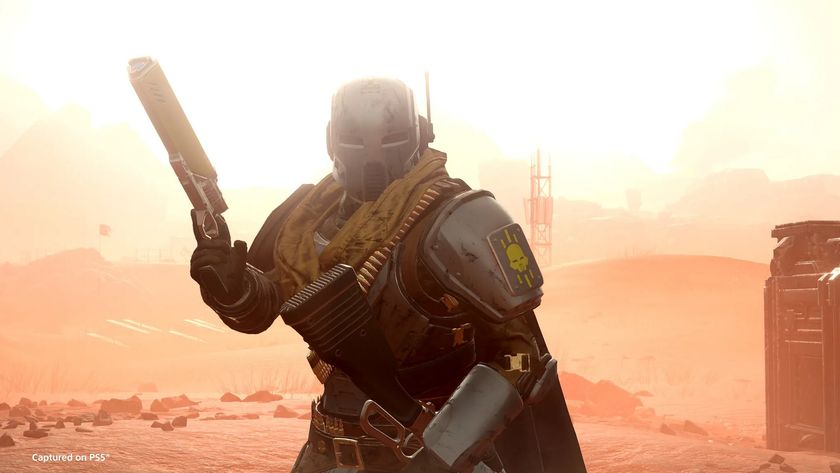
"Games that get 19% user score do not generally recover": Helldivers 2 CEO reflects on Arrowhead's "summer of pain" and No Man's Sky-inspired redemption arc

